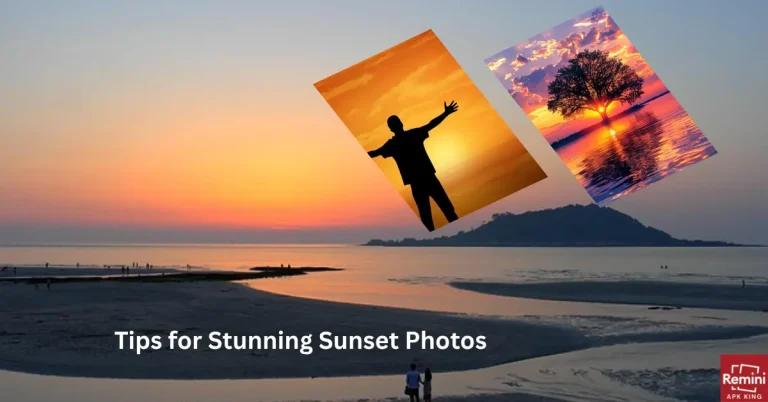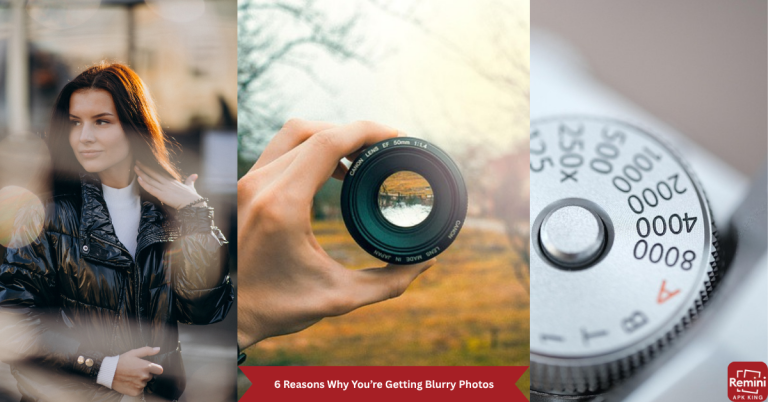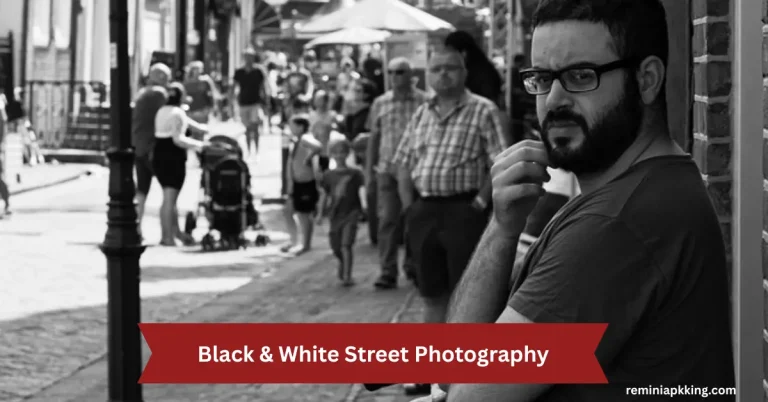Abstract Photography – Easy Ideas for Unique Photos
Abstract photography is an art form that challenges the traditional way of seeing the world. Unlike conventional photography, which aims to capture realistic, recognizable subjects, abstract photography focuses on shapes, colors, and textures. This form of photography pushes boundaries, allowing photographers to interpret the world in unique and often thought-provoking ways. Whether through light patterns, blurred forms, or intriguing textures, abstract photography invites us to see everyday things from a new perspective.
If you’re struggling to find your creative voice in photography, abstract photography might be the perfect outlet. It offers an opportunity to experiment, free from the constraints of realism, and express ideas or emotions through the lens. In a world where most photos are highly structured, abstract photography opens up endless possibilities for artistic expression.
What is Abstract Photography?
Abstract photography focuses on capturing images that do not rely on recognizable subjects. Instead of photographing a person or a landscape, abstract photography emphasizes shapes, colors, lines, and textures. The goal is to make the viewer look at the world differently, sparking curiosity and interpretation.
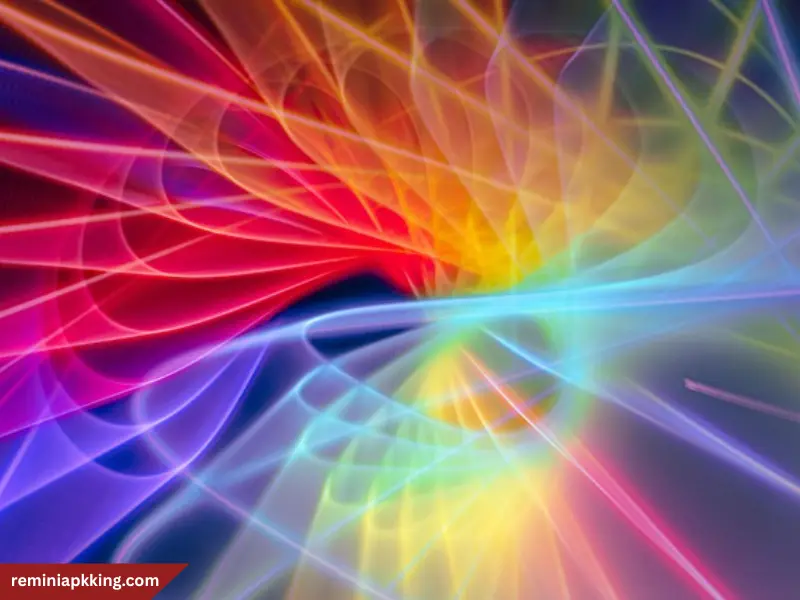
In abstract photography, the emphasis is on the artistic elements rather than realism. Photographers can experiment with light, focus, and movement to create images that are open to personal interpretation. These photos often leave room for the viewer to make their own meaning, offering a unique way to express creativity and emotions through visual art.
History of Abstract Photography
Abstract photography began in the early 20th century as artists started to experiment with new ways of seeing the world. It grew out of movements like Cubism and Futurism, where artists began focusing on breaking down forms and exploring abstract ideas. These early pioneers of abstract photography sought to express emotions and concepts through shapes and patterns rather than clear, realistic representations.
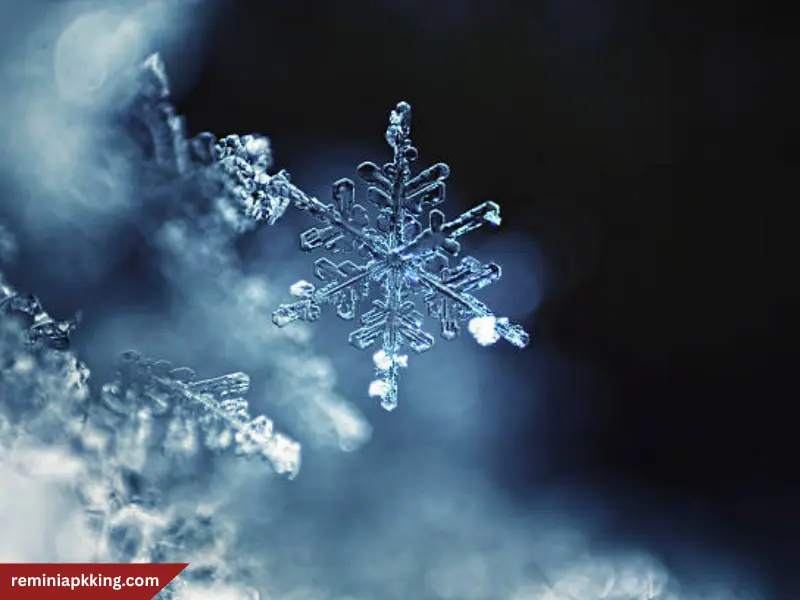
As time went on, abstract photography continued to evolve. In the 1930s and 1940s, photographers like Man Ray and Alfred Stieglitz experimented with light and unusual perspectives to create images that focused more on form than on subject. This shift helped define the genre, and abstract photography became an important part of modern art. Today, it remains a popular form of photography, allowing photographers to explore creative ideas without the need for recognizable subjects.
What Makes Abstract Photography Different?
Abstract photography stands out because it doesn’t focus on traditional subjects. Instead of capturing clear, recognizable objects like people or landscapes, it emphasizes shapes, colors, and patterns. This approach encourages the viewer to interpret the image based on their own perspective rather than presenting a straightforward scene.

Another way abstract photography differs is through its use of light and texture. Photographers may experiment with shadows, reflections, or unusual angles to create something unexpected. These elements add depth and intrigue, making the photo less about what’s visible and more about what can be felt or imagined.
Abstract photography allows for a high level of creativity. Without the need to capture a specific subject, photographers have the freedom to experiment with different techniques, from focusing on small details to using blur or motion. This makes it an exciting and open-ended form of expression, where the possibilities are endless.
Key Elements in Abstract Photography
In abstract photography, key elements like color, shape, and texture play a huge role in creating a visually engaging image. Color, in particular, can convey different moods or emotions. Bright colors can make a photo feel energetic, while soft tones might give it a peaceful, calming vibe. By focusing on these colors instead of a subject, photographers can evoke strong feelings from the viewer.

Shapes and patterns are also central to abstract photography. Whether it’s a geometric shape or an organic form, these elements can add structure and rhythm to an image. For example, a series of curved lines might create a sense of flow, while sharp angles could introduce tension. Patterns, whether repeating or unique, help guide the viewer’s eye and keep them engaged.
Texture is another important factor. In abstract photography, textures can add depth and interest to a photo. Think about a close-up of something rough, like tree bark or fabric. These textures can create contrast and make the image feel more tangible, even if it doesn’t show a clear subject. Together, these elements help transform a simple scene into something more expressive and open to interpretation.
The Role of Colors in Abstract Photography
In abstract photography, color is a powerful tool that can completely change the mood of a photo. Bright, bold colors often give off an energetic and dynamic feel, while softer shades can make the image seem more calming or serene. For example, warm colors like reds and oranges might evoke excitement, while cool colors like blues and greens often create a sense of peace. By using color intentionally, photographers can guide the viewer’s emotional response to the image.

Colors can also serve to highlight certain elements in abstract photography. Rather than relying on a specific subject, abstract photographers use color to draw attention to shapes, patterns, and textures. A vibrant splash of color against a neutral background can make a particular area stand out, adding focus to the composition. It’s not just about what’s in the image, but how the colors interact to create a visual experience.
Additionally, contrasting colors can add depth and dimension to an abstract photo. The sharp contrast between light and dark tones can make shapes appear more distinct, creating a sense of movement or tension. This kind of play with color can turn a simple image into something much more engaging, as viewers are drawn into exploring the contrasts and harmonies within the photo.
Shapes and Patterns in Abstract Photography
Shapes and patterns are key elements that give abstract photography structure and rhythm. In this type of photography, shapes don’t need to represent anything specific, but they can still create a sense of order. Whether it’s a circle, square, or irregular form, each shape can evoke a different feeling. For instance, smooth, curved lines often feel gentle, while sharp angles can introduce a sense of energy or tension.

Patterns play a similar role in abstract photography. Repeating patterns, whether in nature or man-made, add a sense of harmony to an image. They can guide the viewer’s eye across the photo and make it feel balanced. On the other hand, a pattern that breaks unexpectedly can create intrigue or highlight a specific area of the image. These patterns, whether symmetrical or random, help to keep the viewer engaged and invite them to explore the photo more closely.
In abstract photography, shapes and patterns are often the main subject. Instead of focusing on objects or scenes, photographers emphasize these elements to create compositions that are visually interesting and open to interpretation. By playing with how shapes and patterns appear, photographers can make even the simplest image feel dynamic and full of meaning.
The Importance of Light and Shadow
Light and shadow are essential tools in abstract photography because they help create depth and drama in an image. The way light falls on a subject can completely change how we perceive it. Bright light can highlight certain areas, while shadows can add mystery and intrigue. By carefully controlling light, photographers can emphasize shapes or textures, making them stand out or blend into the background.

Shadows, in particular, play a major role in abstract photography. They can transform a simple object into something more complex by adding layers and contrasts. A long shadow or a shadow that forms an interesting shape can turn an ordinary scene into an abstract piece of art. The interplay between light and shadow also helps create a sense of movement or stillness, depending on how they are used.
The importance of light and shadow goes beyond just making things visible. They help set the mood and tone of the image. Soft light can give a calm, peaceful feel, while harsh, dramatic lighting can make the photo feel intense or mysterious. By experimenting with light and shadow, photographers can elevate their abstract work and give it more emotional depth.
Textures and Surfaces in Abstract Photography
Textures and surfaces are key elements in abstract photography because they add depth and richness to an image. By focusing on the texture of an object, photographers can transform something ordinary into a compelling visual. Whether it’s the rough surface of a rock, the smoothness of glass, or the intricate details of fabric, texture can make a photograph feel more tactile and engaging. It invites the viewer to imagine what the surface might feel like, creating a sensory experience.

In abstract photography, surfaces can also help define the composition. A smooth surface might reflect light in interesting ways, while a textured surface can catch shadows, creating patterns and contrasts. These details are often more important than the subject itself, as they draw the viewer’s attention to the unique qualities of the image rather than a familiar object. By emphasizing texture, photographers can highlight small details that would usually go unnoticed.
Textures and surfaces also help create mood. A gritty, rough texture might evoke feelings of harshness or chaos, while soft, smooth textures can make the photo feel calm and soothing. By experimenting with these elements, abstract photographers can convey emotions and ideas without the need for traditional subjects, turning everyday surfaces into works of art.
How to Find Abstract Subjects in Everyday Life?
Finding abstract subjects in everyday life is easier than you might think. Often, the most interesting abstract photos come from common objects that we pass by without noticing. Look for unusual patterns in everyday scenes, like the texture of a wall, reflections in water, or the way light hits a surface. These moments can offer surprising shapes and forms that are perfect for abstract photography.

Another way to find abstract subjects is by focusing on small details. For example, close-ups of objects like leaves, rust, or fabric can reveal shapes and patterns that are not immediately visible. Even the way shadows fall or how objects overlap can create abstract compositions. Take time to observe your surroundings, and you’ll begin to see the beauty in things that might otherwise seem mundane.
Sometimes, everyday subjects can become abstract simply by how you photograph them. Change your perspective by shooting from above, below, or at unusual angles. This can turn a simple object into something entirely new, making it look more like a piece of abstract art. The key is to experiment and be open to seeing the world in a different way.
Creative Ways to Use Focus and Blur
Using focus and blur creatively can dramatically change the look and feel of an abstract photograph. By adjusting the focus, you can highlight a specific part of the image while leaving the rest blurred. This technique helps guide the viewer’s attention to the most important element in the scene, while the blur adds a sense of mystery or softness to the background. It’s a simple but effective way to add depth and make your photo feel more dynamic.
Blur can also be used intentionally to create motion or to make a subject look dreamlike. By using a slow shutter speed, you can capture movement, such as flowing water or a moving crowd, in a way that turns it into abstract art. The motion blur makes the subject less defined, allowing you to focus more on the colors, lines, and patterns created by the movement. This approach can evoke a sense of time or energy, turning the photo into something much more expressive.
Another creative way to use blur is through selective focus, where only part of the image is in sharp focus while the rest remains blurred. This can create an interesting contrast and allow certain shapes or textures to stand out. Whether you’re photographing a flower or a city street, experimenting with focus and blur lets you create abstract photos that offer a unique, imaginative perspective.
The Power of Long Exposure Photography
Long exposure photography is a powerful technique that can add a dreamy or surreal quality to abstract images. By using a slow shutter speed, photographers can capture movement over time, blurring the subject in a way that creates a sense of flow or change. For example, long exposure can transform a fast-moving river into soft, smooth streaks of water, or make the lights of passing cars look like colorful trails. This effect gives a sense of motion, turning ordinary scenes into abstract works of art.
In abstract photography, long exposure can also be used to blend different elements in a scene. By keeping the shutter open for a longer period, you can capture multiple layers of light, shadow, and movement, resulting in an image that feels more fluid and dynamic. This technique can be especially effective in capturing patterns created by light or natural elements, such as clouds or waves, that would otherwise be too quick to capture in a single shot.
The beauty of long exposure lies in its ability to simplify complex scenes. By blurring fast-moving objects, the photographer can focus more on shapes, textures, and the overall composition. This technique offers a unique opportunity to transform a typical photo into something abstract, allowing for creative expression and the exploration of time and space in one frame.
Post-Processing Tips for Abstract Photography
Post-processing is a key step in abstract photography, allowing you to enhance your images and bring out the creative elements you want to highlight. One simple yet effective tip is adjusting contrast and brightness. By increasing contrast, you can make shapes and colors stand out more, adding depth and drama to the image. Playing with brightness can help create mood, making the photo feel lighter and airy or darker and more intense, depending on the desired effect.
Another helpful post-processing tip is experimenting with saturation and color balance. Boosting the saturation can make colors pop and feel more vivid, while adjusting the color balance can shift the mood of the photo. For example, adding more warmth (reds and oranges) can give the image an energetic feel, while cool tones (blues and greens) can make it seem calm and peaceful. These small changes can transform the mood and impact of an abstract photo.
Cropping is also an important tool in abstract photography. By cropping out unnecessary areas, you can focus more on the shapes, patterns, or textures that are central to the image. A well-cropped photo can help draw attention to the key elements of the composition, creating a cleaner, more focused abstract shot. Experimenting with these post-processing techniques gives you greater control over the final look and feel of your abstract images.
Common Mistakes to Avoid in Abstract Photography
In abstract photography, one common mistake is focusing too much on a recognizable subject. Abstract photography is about shapes, colors, and textures, not about clearly defined objects. If you find yourself leaning towards familiar subjects, try shifting your focus to patterns or forms that aren’t immediately obvious. This will help you create more truly abstract images that evoke curiosity and emotion.
Another mistake is overcomplicating the composition. Sometimes, less is more in abstract photography. Adding too many elements or making the photo too busy can make it harder for the viewer to engage with the image. Keep the composition simple and clean, focusing on a few key elements that work well together. This can help create a stronger, more effective abstract photograph.
Lighting is also an area where many photographers go wrong. Poor lighting can flatten your abstract images, making them look dull and uninteresting. Experimenting with different light sources and angles is key to creating depth and enhancing textures. Play with shadows, highlights, and even reflections to add dimension and make your abstract photos stand out.
Explore the Features and Benefits of Remini Mod APK
If you’re looking to enhance your photo-editing experience, the Remini Mod APK offers exciting possibilities. This modified version of the app comes packed with additional features that can significantly improve your image quality. Whether you want to restore old photos or improve the resolution of your pictures, the Remini Mod APK can make it happen. Check out our detailed guide on how this app can transform your photos, and discover how to download and install it easily by visiting our full article here: Remini Mod APK.
Conclusion
So guys, in this article, we’ve covered Abstract Photography in detail. If you’re ready to dive deeper into this creative photography style, I highly recommend experimenting with different techniques and seeing what resonates with you. Whether you’re a beginner or a seasoned photographer, abstract photography can open up new avenues for artistic expression. So, grab your camera, try out some unique angles, and start capturing those intriguing shots today!

